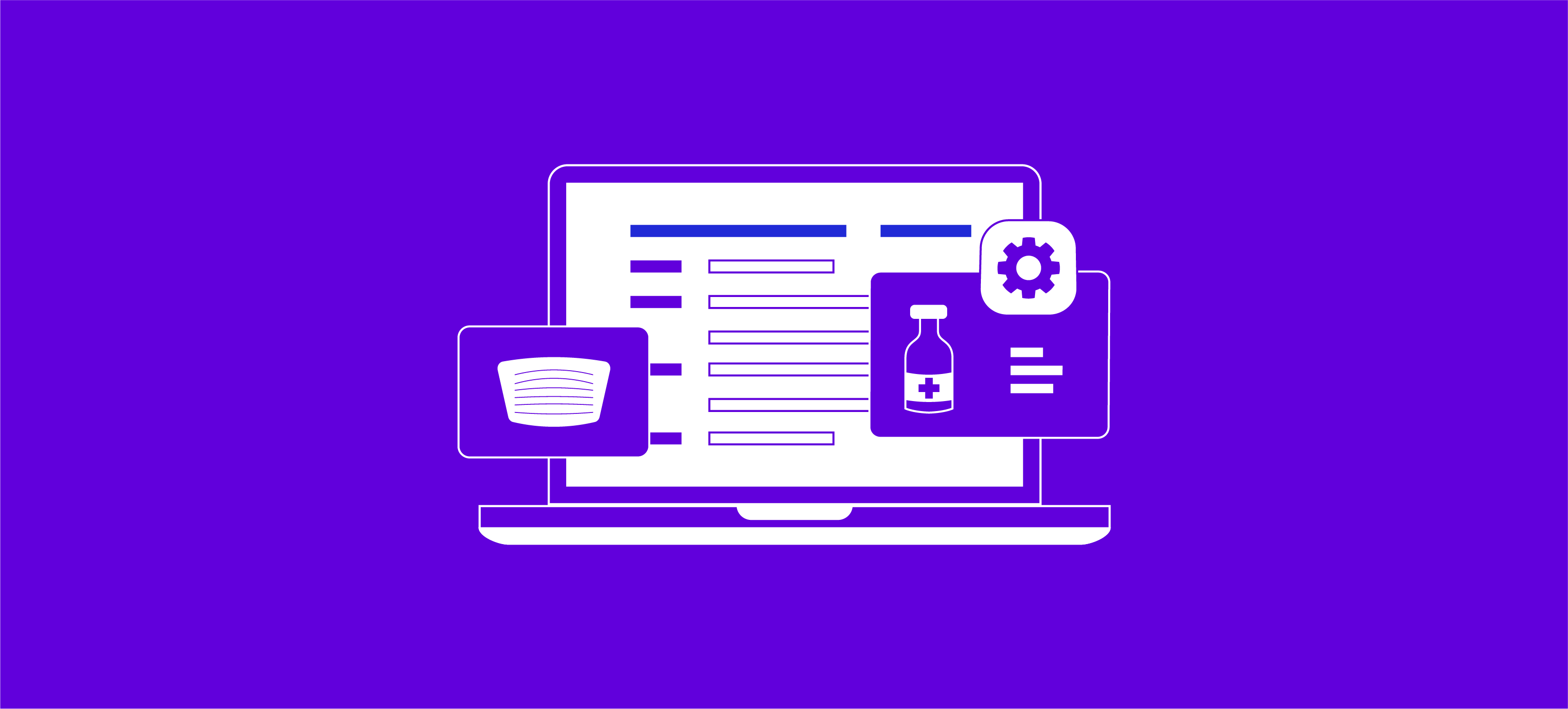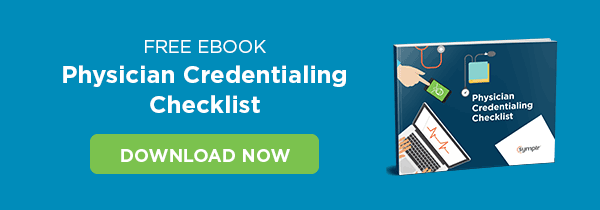Blockchain for Healthcare Credentialing, Explained

By now you've heard of blockchain, a new buzzword in healthcare but one that's been around much longer in industries like finance. Think Bitcoin and cryptocurrency.
Blockchain is emerging as a solution for medical credentialing—a process still without a universal, secure, and less-painless way to collectively manage providers' qualification data. There is no single source of truth for provider verification, credentialing, enrollment, and privileging data, as you well know.
What does 'blockchain' mean?
In simple terms, a blockchain is a growing list of records ("blocks") linked using cryptography. Cryptography protects data/communication using codes, so only those for whom the info is intended can access it. Each block contains:
- A cryptographic hash of the previous block (making a "chain")
- A timestamp (for chronological order)
- The transaction data
Primarily, blockchains are public, but can be permissions-based to limit access. People use Wikipedia as an example to help explain blockchain. In both, users enter records, a community makes updates, and no one person controls the information. On Wikipedia, administrators control access by keeping the master copy on a server, so users see the latest, official version. Think of the Wiki admins as the trusted, independent third-party referees.
But in blockchain there's no referee or third party. Each user in the blockchain updates a record independently, with the most popular version of the record becoming the official one. Each user has a public key and a private key that aids in sending and decoding messages. Everyone in the blockchain knows when a transfer takes place. Once the data or communication is recorded, it can't be eliminated or changed. The cryptography removes the need for traditional authentication and authorization, because of the keys used to encrypt and decrypt the correspondence. It reportedly works best when there are a multitude of users.
How blockchain can be applied to healthcare credentialing
With blockchain for medical credentialing, the providers presumably would maintain control of their own data by keeping the private key, giving access to their credentials as they see fit to hospitals, insurers, or data repositories via the public key.
You've definitely heard of CAQH's CORE efforts and its centralized provider directory called DirectAssure, where providers can update their information so payers can use the data to enroll them. DirectAssure is not a blockchain technology. But DirectAssure and some blockchain efforts already underway have the same goal to save money and time/effort by eliminating the middleman and repetitious processes.
Some of the benefits of blockchain being touted include:
- Universality of data: Data can’t differ across databases because there's one single record
- Transparency/accuracy: All data and communication can be traced and audited and thus is immutable
- Control: An individual can own their own data and choose who to share it with, and when
- Decentralization: No third-party administrator or single server is the keeper of data
- Scalability: A complete historical record can emerge as primary source verification data and other blocks of information are added
Will blockchain be groundbreaking for hospital credentialing?
Maybe; maybe not. Some healthcare and tech execs interviewed by Becker's Hospital Review see blockchain as a "solution looking for a problem," or say it's being over-hyped. Other companies tout it as the answer for provider credentialing and primary source verification because it allows for the transparent, secure sharing of provider data.
While it appears that no one is looking to blockchain for patient data sharing, initiatives are underway to use it to share provider credentialing data. A pilot program to share physician directory data via blockchain that included insurers UnitedHealthcare, Optum, Quest Diagnostics, Humana, and Multiplan was launched in June 2018. Their mutual goal in sharing data: Avoid the CMS penalties that occur when an insurer doesn't have accurate directories, and to save money and cut down on the admin work of upkeep.
Regarding CAQH's database that aims to centralize and standardize data, critics say there's still an issue of data duplication and repetition. CAQH, by the way, is a non-profit formed by a consortium of mainly insurance companies (sound familiar?). It charges healthcare entities for its role as keeper of the provider data it collects.
Multiple private companies are ready to monetize medical credentialing blockchain functionality. Hashed Health launched ProCredEx, its exchange in 2019, where members contribute already-verified credentials information for other members to acquire. True to blockchain form, members create the rules for the data/communication exchanged. And startup BlocHealth is building a healthcare professional credential sharing network powered by a public blockchain.
Worth watching
Will the diverse range of healthcare organizations that need provider qualification data gravitate to a third-party-hosted repository like CAQH? Or will blockchain become more attractive due to its ability to eliminate the middleman and its tolerance for only one master data record? We'll be watching. But this is healthcare after all, so don't anticipate any quick moves to blockchain by all stakeholders in credentialing and primary source verification.
